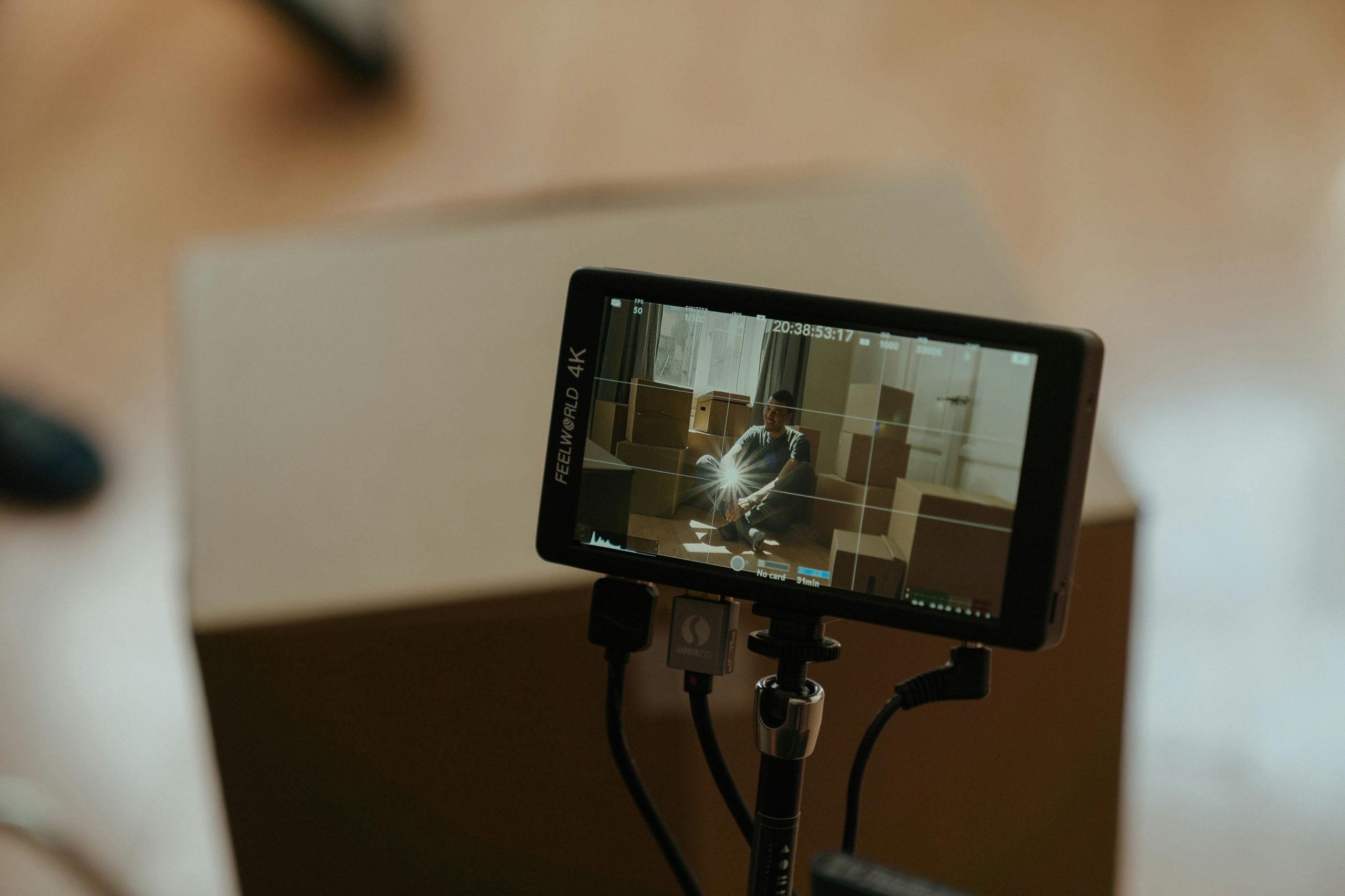Understanding and Resolving Monitor Artifacts During In-Game Camera Movements
If you’ve recently built a new gaming PC setup and are experiencing visual anomalies such as vertical or horizontal lines appearing on your monitor when moving the camera or objects within games, you’re not alone. These issues can be perplexing, especially when they persist across different titles and input devices. This article aims to shed light on potential causes and solutions for these display artifacts to enhance your gaming experience.
Case Overview
Consider a gaming enthusiast who has assembled a high-performance system featuring a Ryzen 9 9800X3D processor and an NVIDIA GeForce RTX 5080 graphics card. Despite following best practices and using a GSYNC-compatible monitor, the user encounters persistent vertical and horizontal lines during gameplay, particularly when panning the camera or moving objects. The problem is consistent across various games and input methods, including mouse and controller.
Key Details:
– Hardware: AMD Ryzen 9 9800X3D, NVIDIA GeForce RTX 5080
– Monitor: GSYNC-capable display
– Settings: GSYNC ON, V-SYNC ON, Reflex enabled (per Blur Busters recommendations)
– Observation: Visual lines or jitters not typical of screen tearing; more like visual artifacts or jitter during camera motion
Common Causes and Troubleshooting Steps
- Understanding the Nature of the Artifacts
The symptoms described—lines or jitter during camera movement—are often mistaken for screen tearing, but they might be caused by other factors such as improper synchronization, driver issues, or hardware limitations. Given the user reports that V-SYNC and GSYNC are enabled, traditional tearing should be minimized, but artifacts may still occur due to mismatched refresh rates or frame timing issues.
- Check Refresh Rate and Resolution Settings
Ensure your monitor’s refresh rate is correctly set in both Windows and your GPU settings. Any mismatch can lead to visual anomalies.
- Update Graphics Drivers
Outdated or corrupted drivers can cause rendering artifacts. Visit the manufacturer’s website to download and install the latest GPU drivers.
- Verify GSYNC and V-SYNC Configuration
While GSYNC reduces tearing by dynamically matching display refresh rates to your GPU output, enable it in the NVIDIA Control Panel. Also, V-SYNC should be correctly configured; sometimes, disabling V-SYNC can resolve tearing but may introduce input lag. Conversely, enabling both with GSYNC typically provides the best experience.
- **Test With Different Games and
Share this content:

